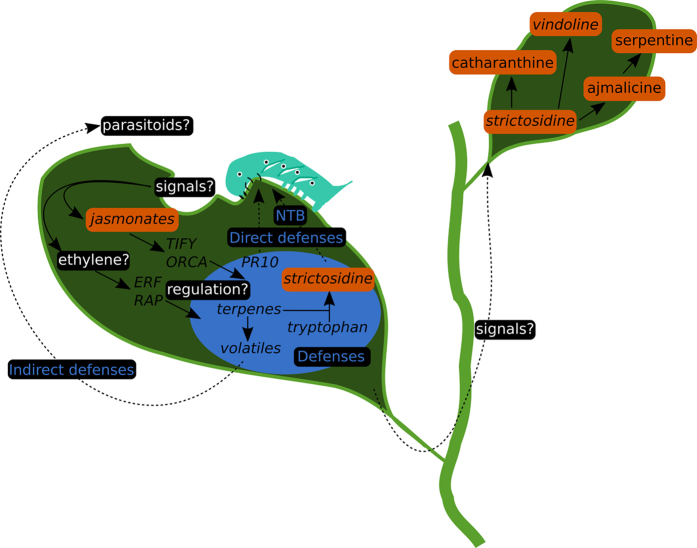Figure 8. Molecular events associated with folivory in C. roseus.
Orange boxes, supported by compound measurements, italics, supported by gene expression measurements. Potential signals in the oral secretions of M. sexta together with damage-associated molecular patterns are likely to activate jasmonate and signaling pathways in C. roseus. Those two pathways might respectively use TIFY/ORCA and ERF/RAP transcription factors to control the activation of sets of potential defenses (within blue circle). Strictosidine may interfere with caterpillars by acting as a Nuclear Time Bomb (NTB). NBT involves a massive production of strictosidine aglycone, an efficient protein-cross-linker,by the nucleus-localized SGD, following vacuole disruption and the resultant release of strictosidine. Still unknown signals may control the increased biosynthesis of MIA in distal, newly formed leaves.

